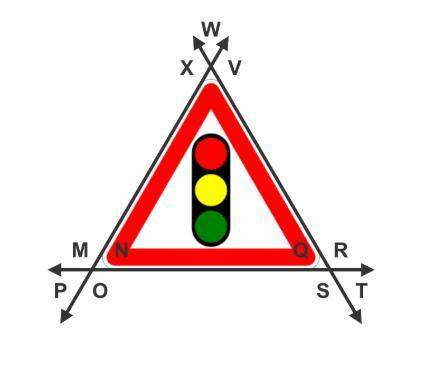The figure below shows a shaded rectangular region inside a large rectangle:
a rectangle of l...

Mathematics, 09.07.2019 01:20, gray4675
The figure below shows a shaded rectangular region inside a large rectangle:
a rectangle of length 10 units and width 5 units is shown. inside this rectangle is a smaller rectangle of length 4 units and width 2 units placed symmetrically inside the larger rectangle. the smaller rectangle is shaded gray.
what is the probability that a point chosen inside the large rectangle is not in the shaded region?

Answers: 1
Other questions on the subject: Mathematics

Mathematics, 21.06.2019 20:30, maxy7347go
Does the function satisfy the hypotheses of the mean value theorem on the given interval? f(x) = 4x^2 + 3x + 4, [−1, 1] no, f is continuous on [−1, 1] but not differentiable on (−1, 1). no, f is not continuous on [−1, 1]. yes, f is continuous on [−1, 1] and differentiable on (−1, 1) since polynomials are continuous and differentiable on . there is not enough information to verify if this function satisfies the mean value theorem. yes, it does not matter if f is continuous or differentiable; every function satisfies the mean value theorem.
Answers: 1

Mathematics, 22.06.2019 00:30, sanfordl
1. according to the internal revenue service, the mean tax refund for the year 2007 was $2,708. assume the standard deviation is $650 and that the amounts refunded follow a normal probability distribution. a. what percent of the refunds are more than $3,000? b. what percent of the refunds are more than $3,000 but less than $4,000? c. what percent of the refunds are less than $2,000?
Answers: 2


Mathematics, 22.06.2019 04:10, fonzocoronado3478
The probability that a u. s. resident has traveled to canada is 0.18 and to mexico is 0.09. a. if traveling to canada and traveling to mexico are independent events, what is the probability that a randomly-selected person has traveled to both? (page 109 in the book may ) b. it turns out that only 4% of u. s. residents have traveled to both countries. comparing this with your answer to part a, are the events independent? explain why or why not. (page 119 may ) c. using the %’s given, make a venn diagram to display this information. (don’t use your answer to part a.) d. using the conditional probability formula (page 114 in the book) and the %’s given, find the probability that a randomly-selected person has traveled to canada, if we know they have traveled to mexico.
Answers: 3
Do you know the correct answer?
Questions in other subjects:


Chemistry, 14.09.2019 10:30


Chemistry, 14.09.2019 10:30


Chemistry, 14.09.2019 10:30


Chemistry, 14.09.2019 10:30









